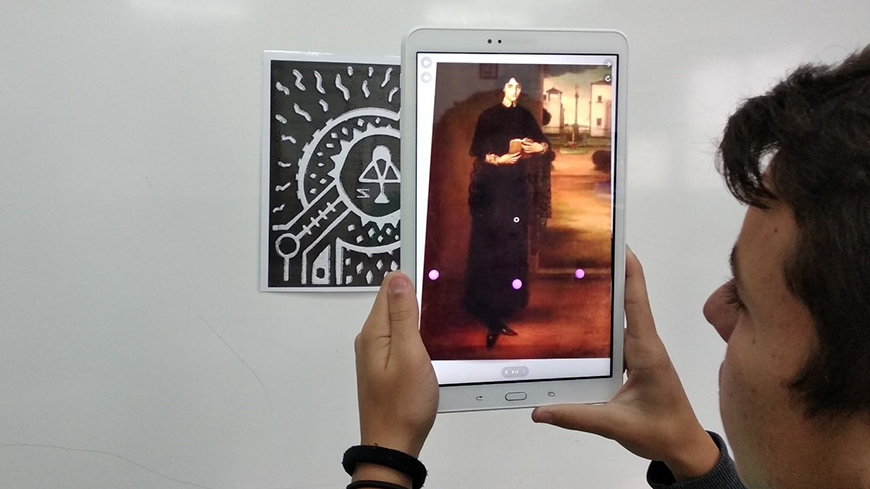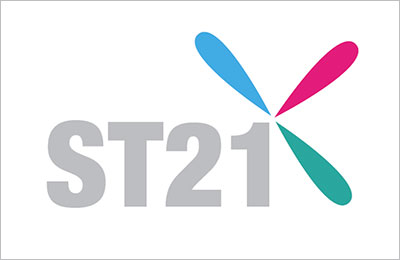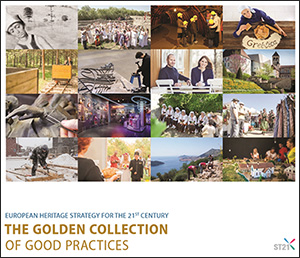Location of the initiative:

Initiator
Community/citizens
Relation to Strategy 21 Recommendations:
K1 - incorporate heritage education more effectively in school curricula
Time span of the initiative:
Start date: 20/01/2020 / End date: 30/04/2020
Motivation / Methodology
During the academic year 2019-2020, I had the opportunity to be part of the Europeana Education User Group. One of the tasks has been to develop a Learning Scenario (example included) with my students in order to work with the Europeana material. Specifically, my students created an exhibition of the Spanish painter Julio Romero de Torres using Augmented Reality technology thanks to CoSpaces Edu and Merge Cube. Julio Romero is an Andalusian painter, born in Córdoba and whose work was primarily produced in the late nineteenth and early twentieth century. His works are charged with symbolism in which the female presence plays a central role. At the beginning of the project, the aim of this activity was to learn about local Córdoba culture, to become familiar with Romero as an artist and to analyse a number of paintings through the lens of a feminist perspective. We sought to define similarities between the current claims that society makes to promote social equality between men and women and the way in which the author portrayed Spanish women 100 years ago. In my view, this first objective was achieved satisfactorily
Obstacles / Barriers
I had the opportunity to liaise with the coordinator of the official museum of Julio Romero de Torres in Cordoba. We agreed to visit the museum to see the works that we had been working on in the classroom and we were accompanied by an expert who gave us a detailed analysis. Furthermore, due to the fact that our work can be transported and shown anywhere, my students could take their creation to the museum giving a much more enriching educational experience; not only could they visit the museum, they could also explain the work they had created and could enhance their understanding of the artworks main characteristics. To commemorate the 90th anniversary of the artist’s death, the museum has designed a specific activity to work with schools in which students can express their ideas, their emotions or what a painting may convey to them. It was agreed with the organisation to plan and carry out this approach during the visit with my students.Due to the current situation we are all facing, this part of the project could not be carried out. Initially, it has been postponed for when everything returns to a certain normality and we will be able to lead a life more or less similar to the one we were previously leading. However, postponing a project in which our students play a very active role, for a possible time period lasting until the next academic year, is something that I feel is not the best idea. In order to save this situation and continuous working with the same educational resource, CoSpaces Edu, we have created a virtual museum including the pictures we have worked on in the classroom in order to give the students the possibility to express their individual interpretations of these paintings. Each student has included in the virtual museum one or more interactive characters to express their feelings and ideas. This extension has made it possible to investigate further aspects related to computer thinking because they have developed new codes to define the interaction of the characters.
Change / Impact
Clearly, a common and accessible project - we have created a virtual environment in which everyone has been able to collaborate. Furthermore, an environment where we have been able to complete a very positive learning experience that has helped us to know the value of and disseminate the knowledge of our cultural heritage. The students have enjoyed this project and they appreciate that teachers create alternative learning scenarios:
Student1: To my mind, the most exciting part of the project was creating an interactive aspect including information and my views about the pictures. I have enjoyed so much understanding the painting, its meaning and all the things that the artist wanted to convey.
On the other hand, it has been a great opportunity to work and learn new things during the confinement. The days are getting very long, and new activities are welcome.
Student2: I love working with CoSpaces Edu. It has been the first time I create a virtual space and I really like it. It is another funny way to create and learn about art and cultural heritage. I have learned a lot of things about Julio Romero de Torres and symbolism at the same time we have improved our computational skills. I hope other teachers create project like this.
Lessons learned
I hope to be able to visit the museum with my students as soon as possible. However, thanks to the educational technologies, the creation of virtual content and the desire of our students to continue learning process in spite of the current circumstances, we have been able to carry out our plan and culminate our project in the best possible way; by collaborating with one another.
Online resources
- https://teachwitheuropeana.eun.org/learning-scenarios/a-symbolic-ar-tist-ls-es-278/
- https://www.1234redes.eu/
- https://edu.cospaces.io/QHP-VNW
- https://edu.cospaces.io/QHP-VNW
Contact information
Contact person: Álvaro Molina Ayuso
Organisation: IES Blas Infante
Email: [email protected]
Phone: +34615897144
Website: : http://molinaayuso.blogspot.com/2020/01/europeana-iesbi.html
Source of financing
Community effort





